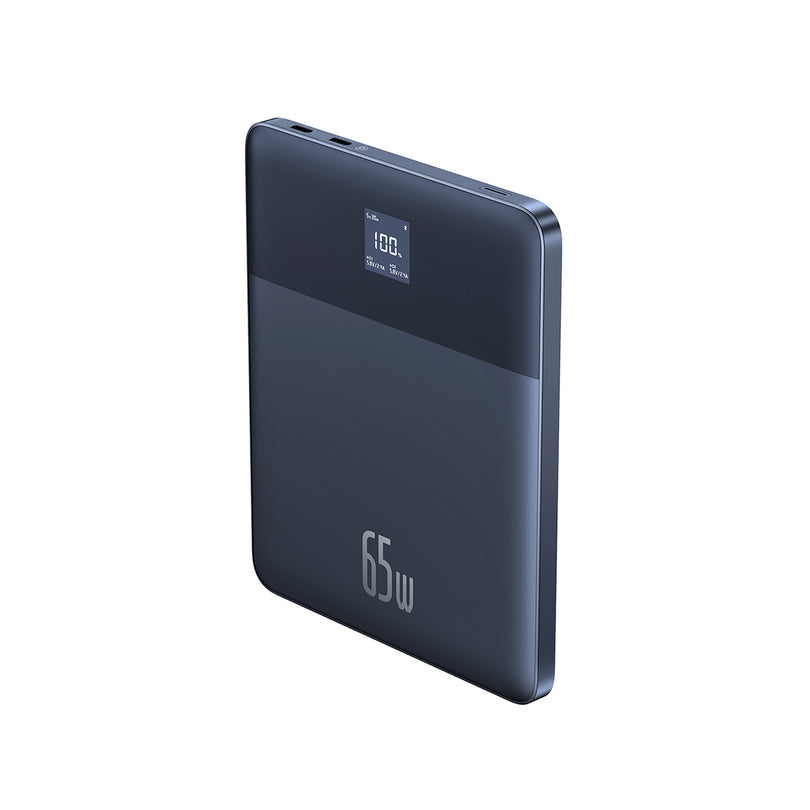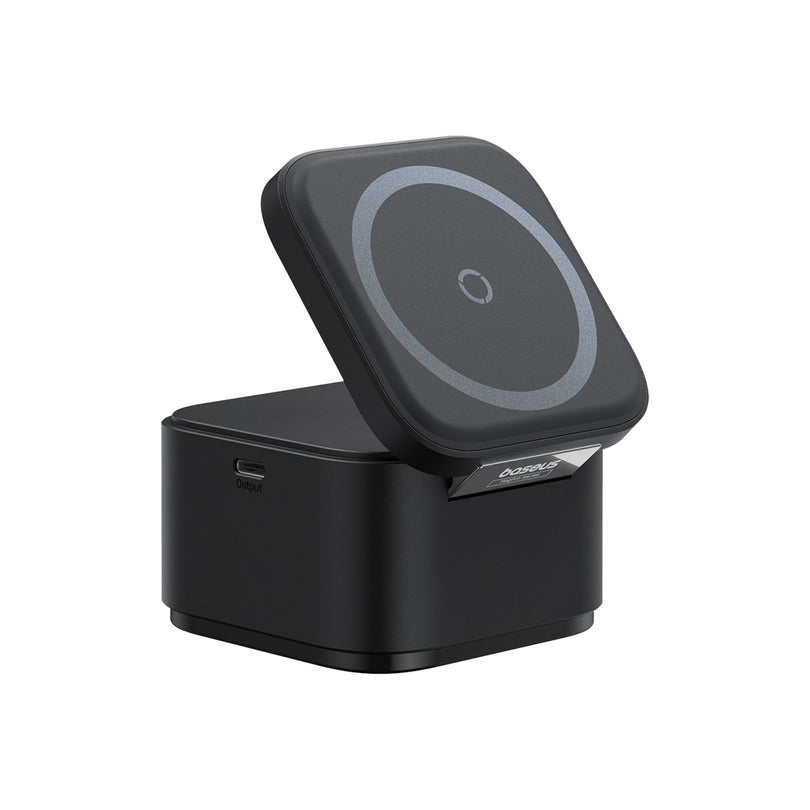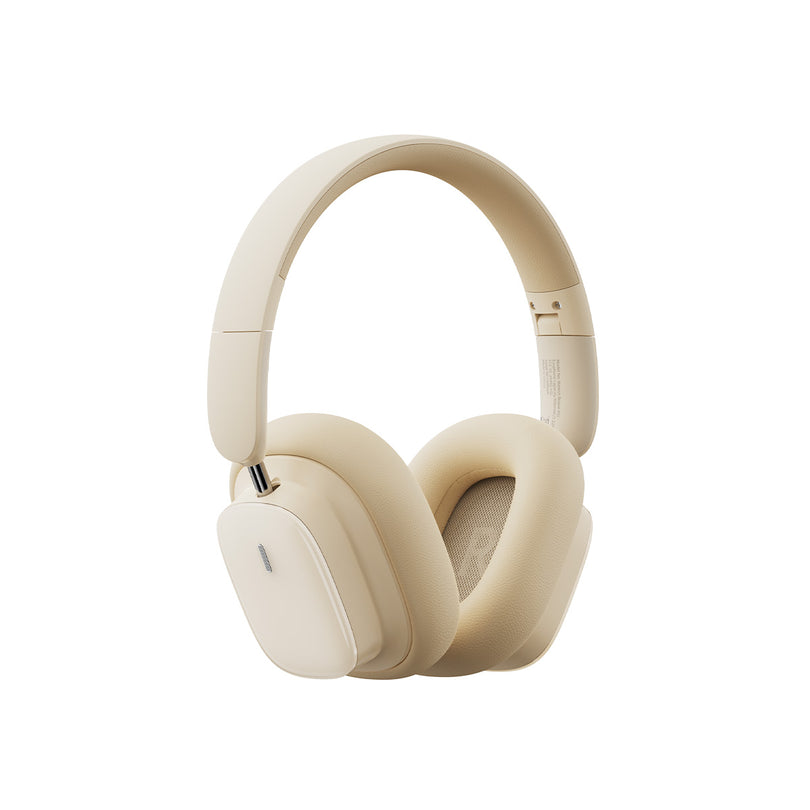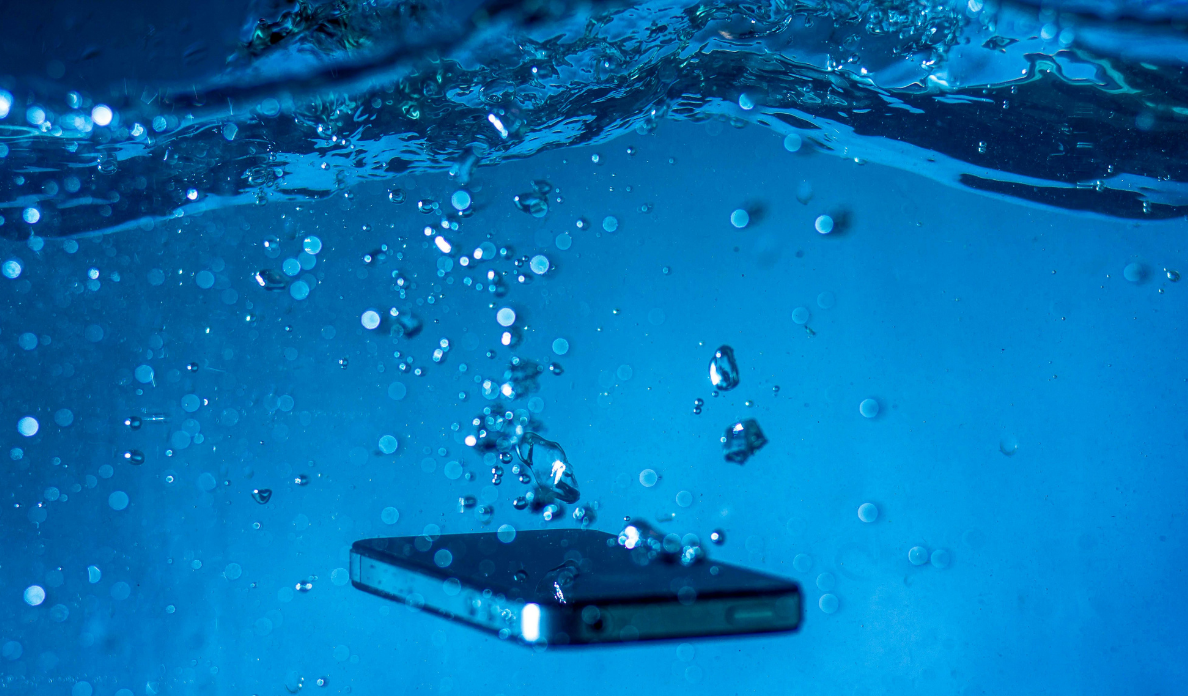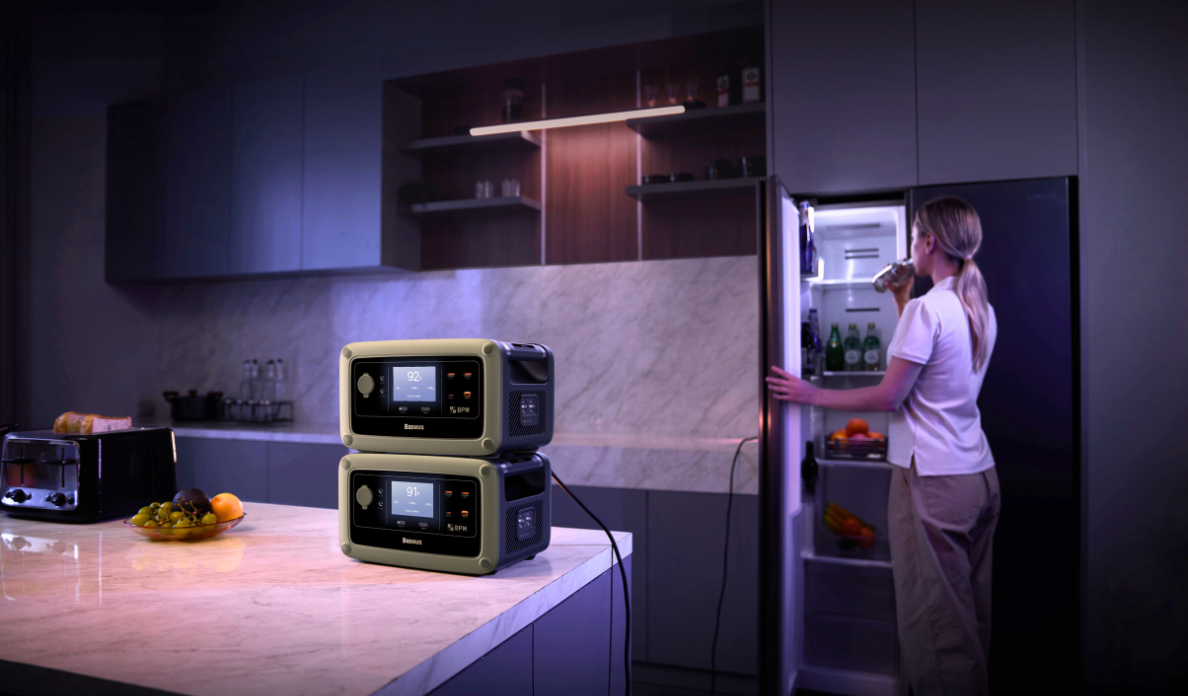So you've dropped your phone in a puddle or had it in your pocket during a snowstorm. Maybe you wanted to record a video of what your local pond looked like under the water lilies.
Regardless of how it happened, there’s water in the charging port, and an error message appears when you try to connect it to the charger.
It might be tempting to panic, but there's really no need. Modern smartphones are designed to detect water and prevent any damage by stopping the charging process.
But what if you need to get your phone charged quickly? What's the best way to dry the charging port without causing damage?
In this guide, we'll explore effective methods for drying your charging port, debunk some common myths, and share preventive measures to protect your device in the future.
What To Do When Water Gets Into Your Charging Port
Should water find its way into your phone's charging port, there's no need for panic. A systematic approach can help dry out your device and avoid lasting damage. Allow this step-by-step guide to assist.
Step 1 - Power Off Device Immediately

Immediate action is key—start by switching off your device immediately. This move is essential to averting electrical shorts that might lead to irreparable harm.
In cases of full submersion, eject both the SIM card and microSD card (if applicable to your device). Devices with detachable batteries benefit from a quick removal as well, preventing further complications.
Step 2 - Wipe the Device Down

Next, wipe your device down with a microfiber cloth if possible; otherwise, any lint-free cloth will suffice.
This helps to remove any excess water on the surface before it reaches the charging port in the next step.
Pay special attention to the charging port area, ensuring it's as dry as possible from the outside.
Step 3 - Tap the Phone Against Your Hand

Gently tap your phone against your hand with the charging port facing down. This can help to dislodge any trapped water.
Avoid shaking it violently or using excessive force, as the extra inertia can push water deeper into the device.
Step 4 - Leave to Dry in a Well-Ventilated Area

Leave your device to dry in a well-ventilated area, like next to an open window if it’s summer, or on a shelf near a radiator in winter.
Avoid placing it in direct sunlight, which can overheat and damage internal components. A cool, dry spot is ideal for effective drying.
Step 5 - Wait for 3-5 Hours

Patience is key. Wait for at least 3-5 hours to ensure the charging port is completely dry. Resist the temptation to override any charging restrictions your device might have put in place. Waiting a bit longer is better than causing damage unless it’s an emergency.
If your phone was fully submerged, you might need to wait up to 24 hours to ensure it’s thoroughly dry.
Step 6 - Turn On the Phone When Charging Becomes Available

Once you’ve waited the recommended time and the charging port appears dry, try turning on your phone and connecting it to the charger.
If the charging error message is gone, you’re in the clear. If not, give it more time.
Extra Things You Can Try That Are Safe
If you’re looking for additional ways to speed up the drying process, consider these safe and effective methods:
- Use Silica Gel Packs: Place your phone in a sealed bag with silica gel packs. These are highly effective at absorbing moisture and can significantly reduce the drying time.
- Place Near a Fan: Position your device near a fan or another source of gentle, flowing air. This can help evaporate any remaining water in the charging port by improving air circulation.
- Use a Vacuum Cleaner: Use a small, handheld vacuum cleaner with a low suction setting to carefully draw out water from the charging port. This method can help remove moisture without the risk of pushing it further into the device.
- Desiccant Packets: Similar to silica gel packs, other desiccant packets (often found in packaging for shoes or electronics) can also be effective at absorbing moisture. Place your device in a sealed container with these packets.
- Specialty Drying Bags: Invest in a specialty drying bag designed for electronics. These bags often contain moisture-absorbing beads and are specifically made to dry out wet devices.
Be patient, follow these steps, and you’ll be on your way to getting that water out of your charging port and avoiding any long-term damage to your device.
Remember, the key is to ensure the port is completely dry before attempting to charge your device again.
What Not To Do When Trying To Get Water Out
While it’s crucial to know the right steps to take when drying out a wet charging port, it’s equally important to be aware of what not to do. Here are some common mistakes to avoid:
Avoid Using Heat
Heat might seem like a quick solution, but it can cause more harm than good. Do not use hair dryers, ovens, or microwaves to dry your device.
Excessive heat can damage the internal components and warp the device. The high temperatures can also melt adhesives and cause parts to misalign or malfunction.
No Shaking or Blowing (Including Compressed Air)
It might be tempting to shake your device or blow into the charging port to get the water out. However, this can push water deeper into the device, reaching parts that are more vulnerable to water damage.
This includes using compressed air, compressed air canisters can also expel water as the decompression causes it to condense as it enters the room at atmospheric pressure.
This can lead to further internal damage from moisture and complicate the drying process. Static electricity from the movement of compressed air can also damage electrical components.
No Insertion of Foreign Objects
Avoid inserting objects like cotton swabs, paper towels, or other items into the charging port.
These can damage the delicate pins inside the port, leading to charging issues and potential short circuits. Foreign objects can also leave behind fibers or debris, which can obstruct the charging connection.
Don't Leave in Direct Sunlight
Leaving your device in direct sunlight might seem like a good idea, but sunlight can heat up your phone and cause additional damage.
Prolonged exposure to direct sunlight can overheat the device, affecting the battery and other internal components. It’s better to dry your phone in a shaded, well-ventilated area.
Don't Use Isopropanol or Alcohol Wipes
While isopropanol (rubbing alcohol) is non-conductive and hygroscopic (absorbs water), it’s also highly flammable.
Any electrical shorts or sparks inside your device could ignite the isopropanol, posing a serious fire hazard. Therefore, avoid using alcohol wipes or any liquid cleaners on your device.
Avoid these common mistakes and you can better protect your device from further damage and ensure a more effective drying process.
Remember, patience and proper techniques, not shortcuts, are the key to safely getting water out of your charging port.
Mythbusting Common Misconceptions
When it comes to dealing with water in your charging port, there's a lot of advice out there—some of it helpful, and some not so much. Let’s bust some common myths and clarify what actually works.
Myth: Rice is the Best Drying Agent
Status: Busted
While rice is often recommended for drying out wet electronics, it’s not as effective as silica gel packs. Rice can leave behind dust or small particles that might get stuck in the charging port, potentially causing more issues.
Rice is best left in the kitchen, where it can be used to make delicious meals while you wait for the water to evaporate naturally from your charging port.
Myth: Immediate Charging is Okay After Water Exposure
Status: Busted
Charging your device immediately after it has been exposed to water is risky. Water can cause short circuits, leading to further damage or rendering your device completely unusable, especially when using high-wattage chargers.
Always ensure the charging port is completely dry before attempting to charge your device again.
This might require patience, but it’s crucial to avoid serious damage.
Myth: You Can Charge Your Phone Wirelessly While Waiting for the Port to Dry
Status: Confirmed
Yes, you can use wireless charging if your device supports it, but only if you've followed the initial steps outlined earlier in this article.
Make sure the phone is dry on the outside and has been properly powered down.
Then, you can use a wireless charger that supports having the phone with the charging port facing down, such as the Baseus MagPro 2-in-1 Magnetic Wireless Charger or the MagPro Magnetic Power Bank, which has a kickstand.

If you're in the great outdoors or caught off guard without grid power, the Baseus Magnetic Portable Charger attaches safely to the back of the phone, charging it while you wait for the water to drain from the charging port.
However, when using a wireless charger, it’s very important to remove the phone from further sources of moisture, including rain, humidity, and snow. Ensuring your device is in a dry environment is crucial for both safety and effectiveness.
Stay Dry and Charge Smart with Baseus
Properly allowing the charging port on your smartphone or battery power devices the right way is crucial to ensure there is no lasting damage.
While we agree that it’s annoying, patience and the right technique are definitely key to making sure you can get as many years as possible out of your device and not damage any internal components or lose those valuable memories stored on it.
If you want to still use your device while waiting for the port to dry, have a wireless charger on hand if your device supports it. Check out our range of Baseus wired and wireless charging products and you will have peace of mind next time you’re caught in the rain or your phone takes an unexpected swim.
 United States/English
United States/English



